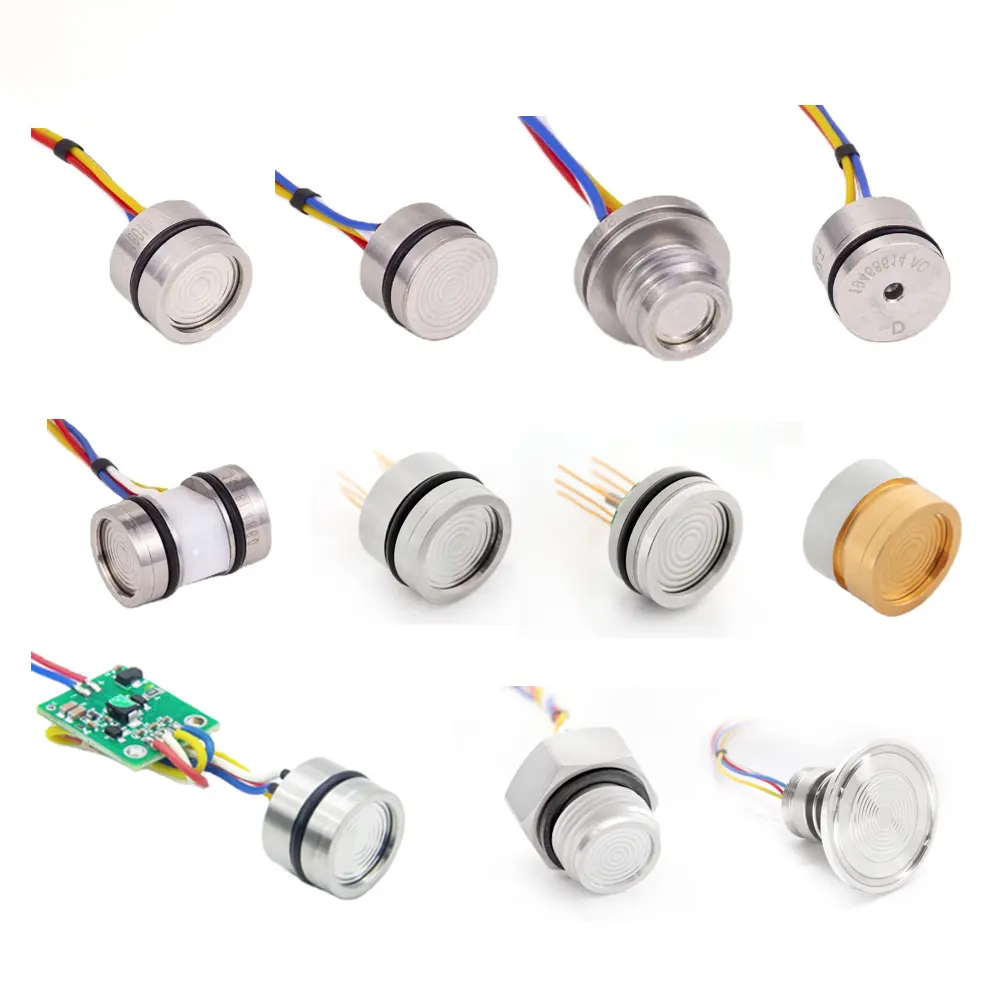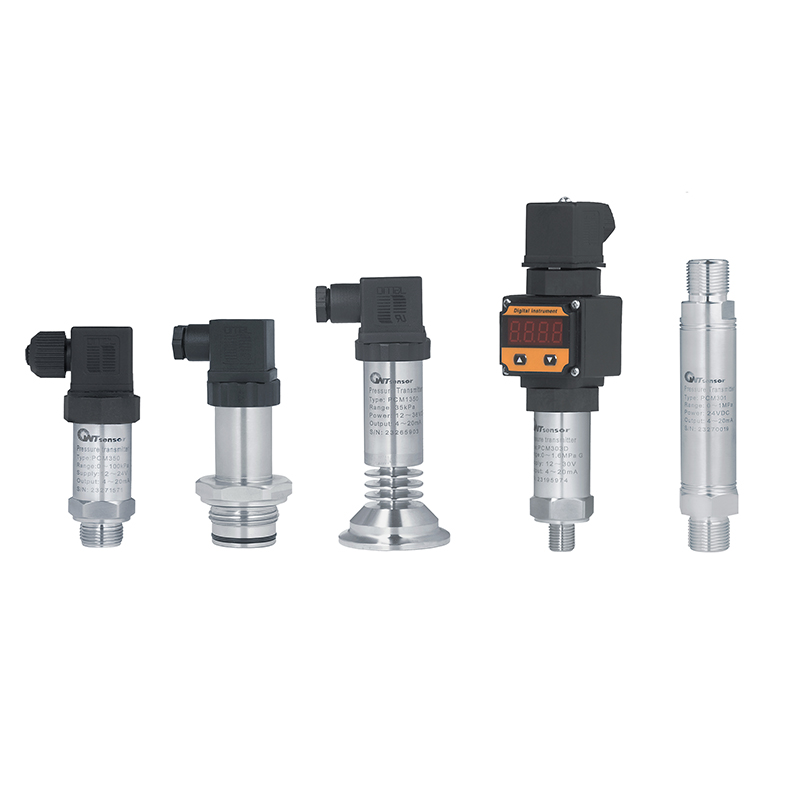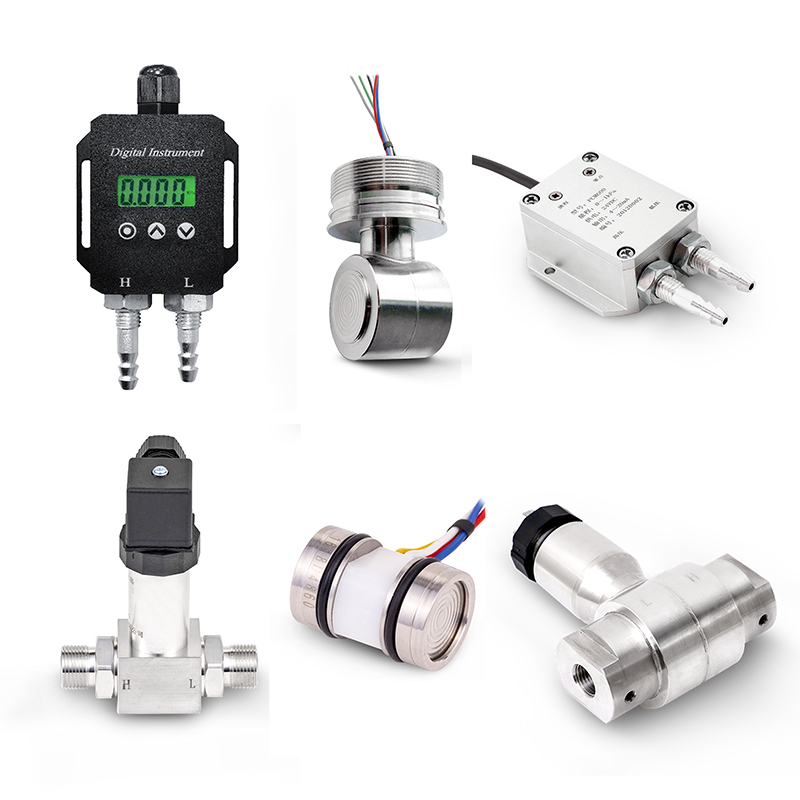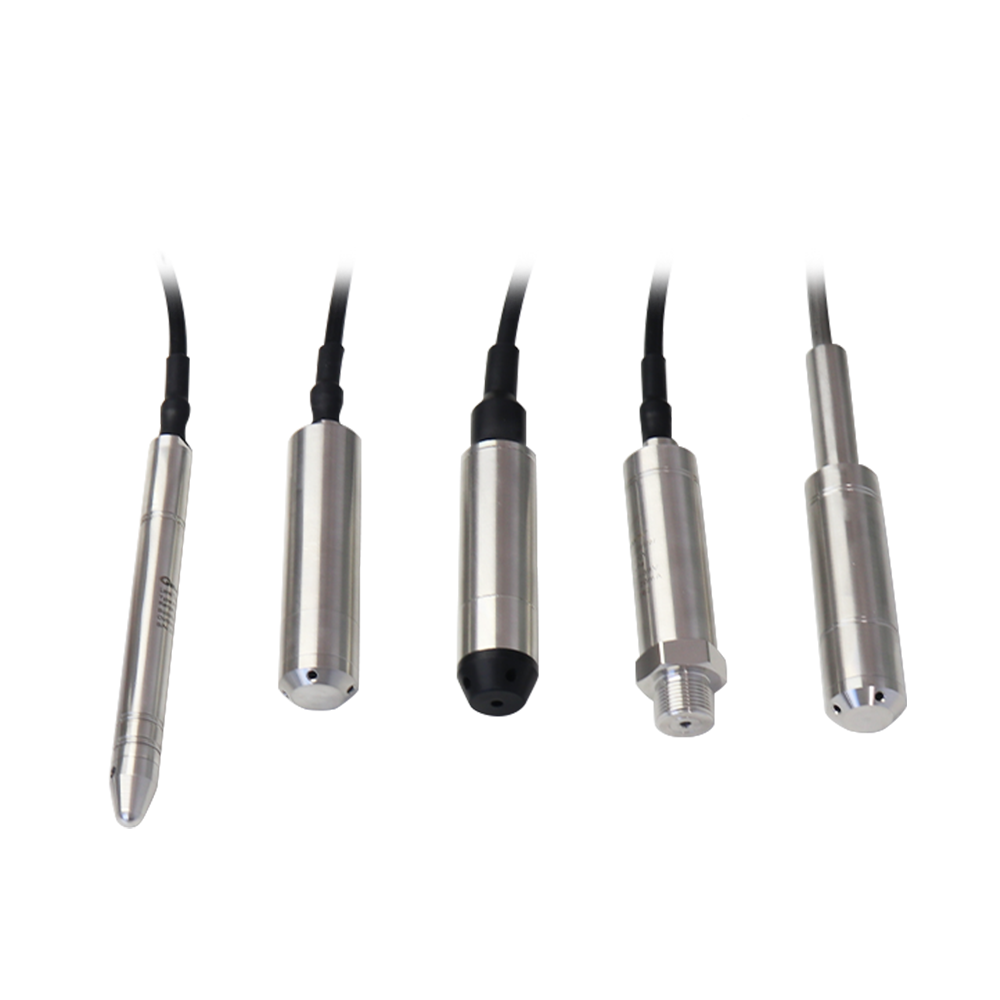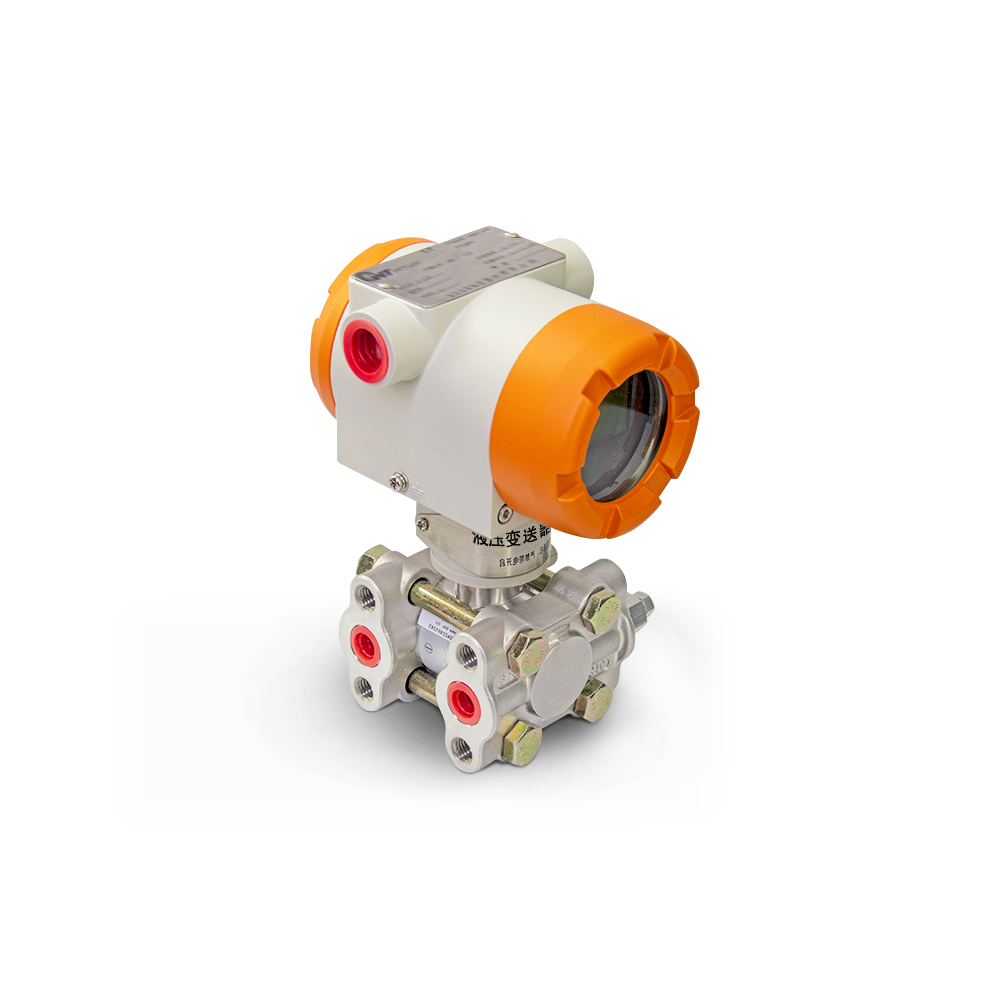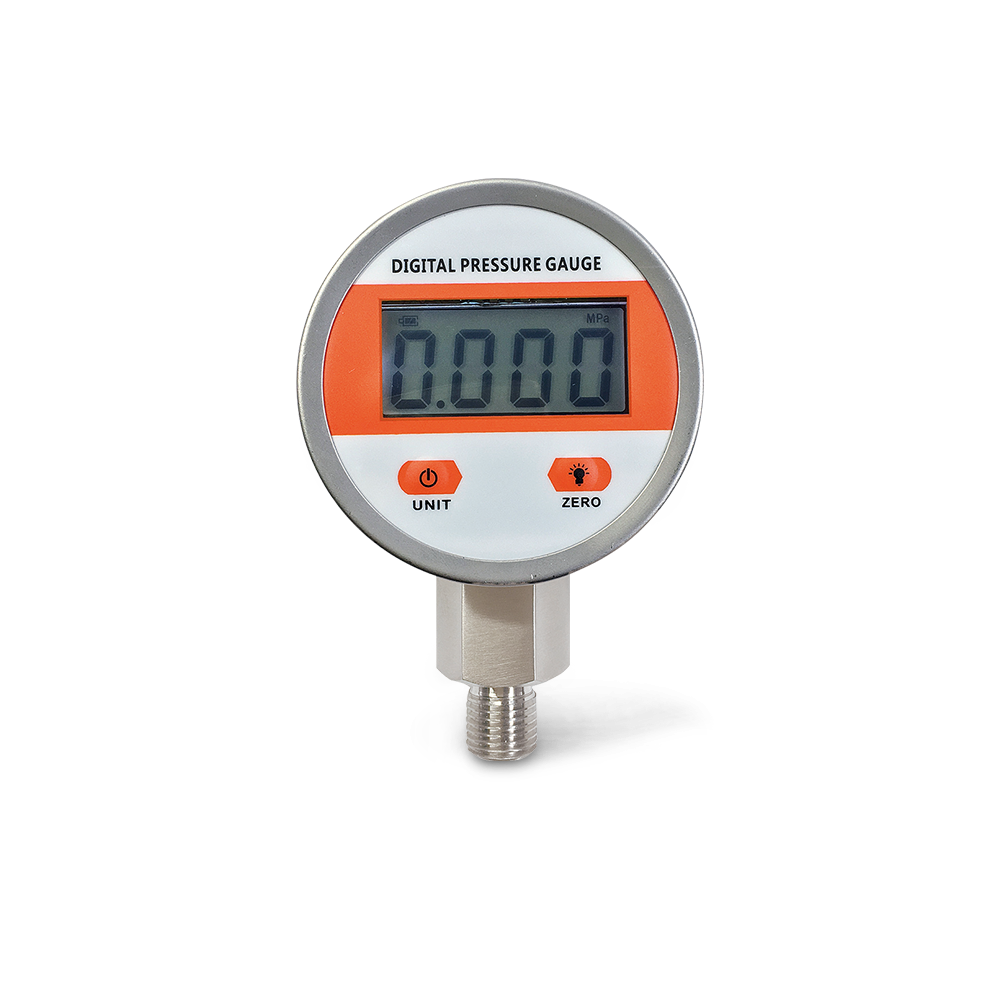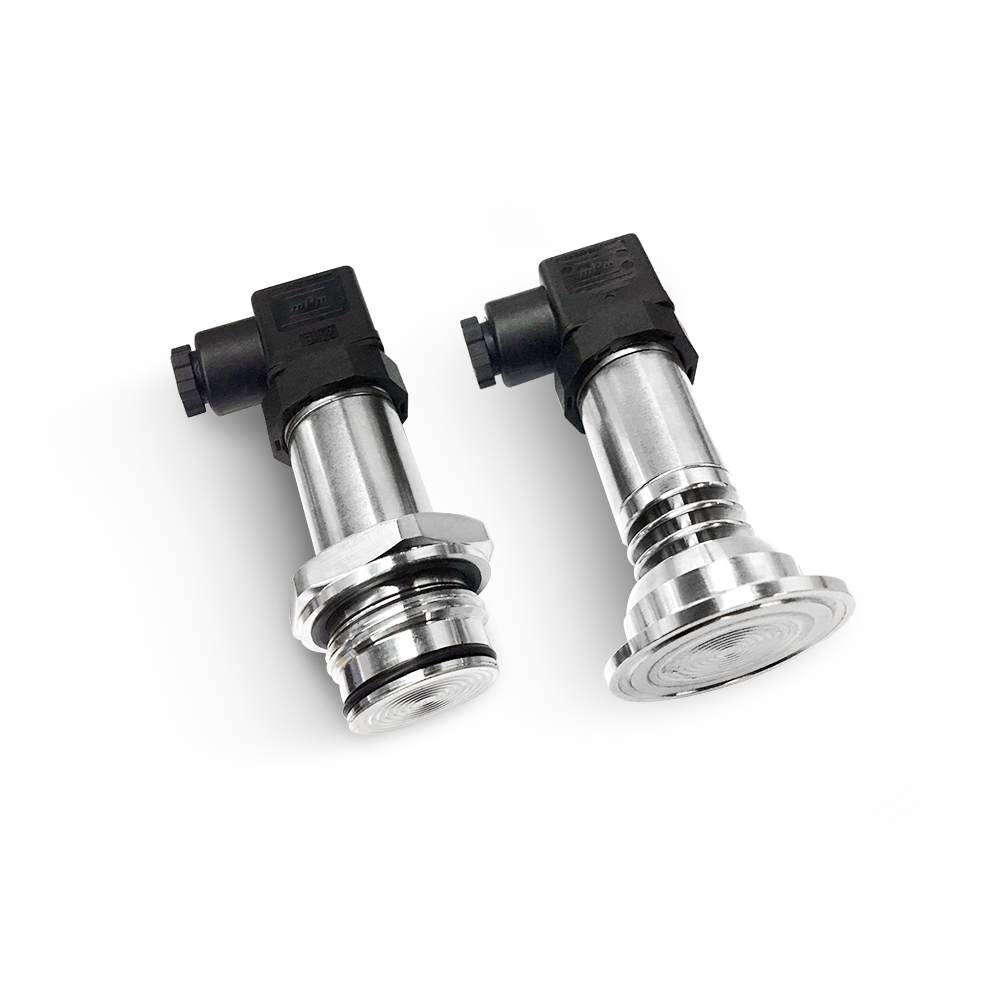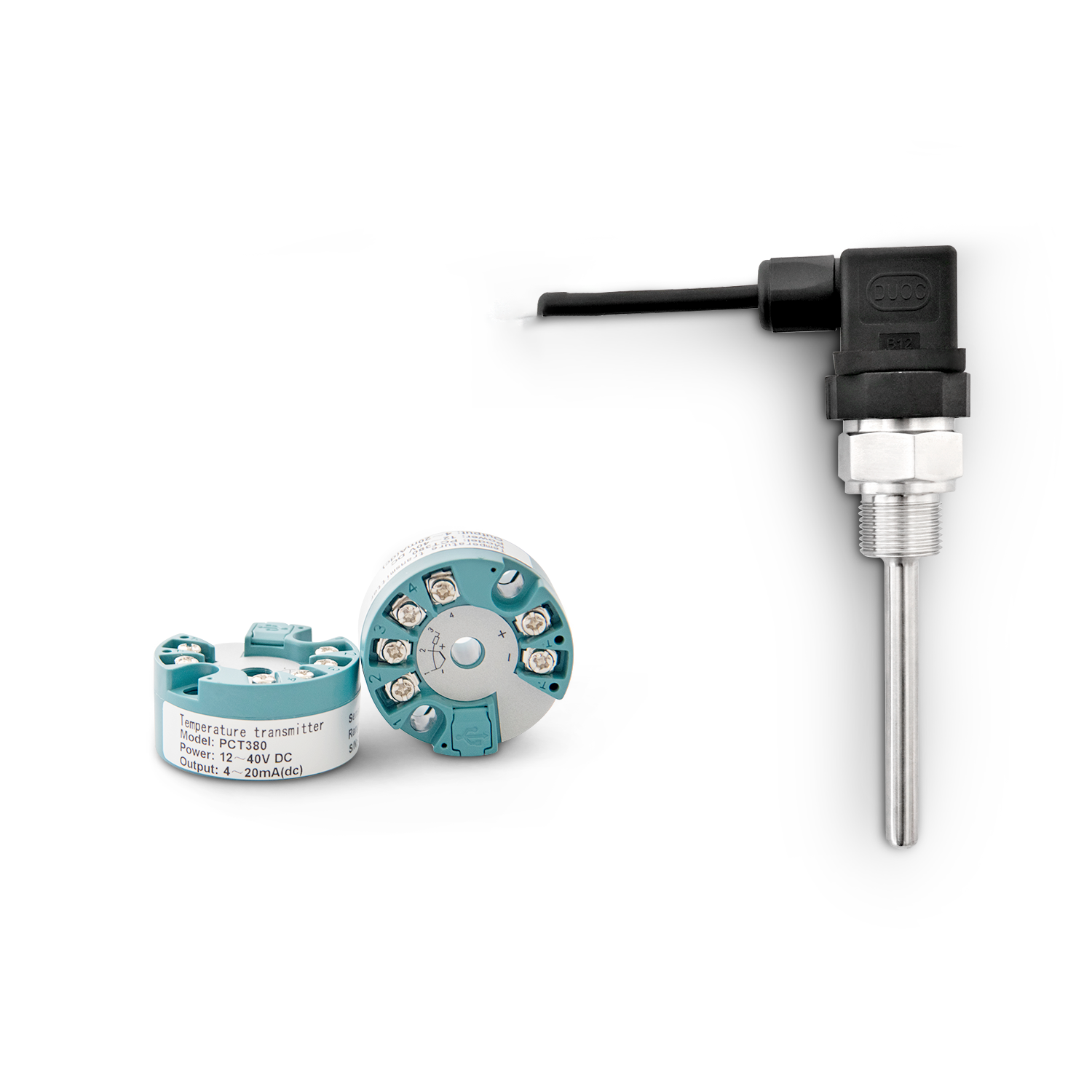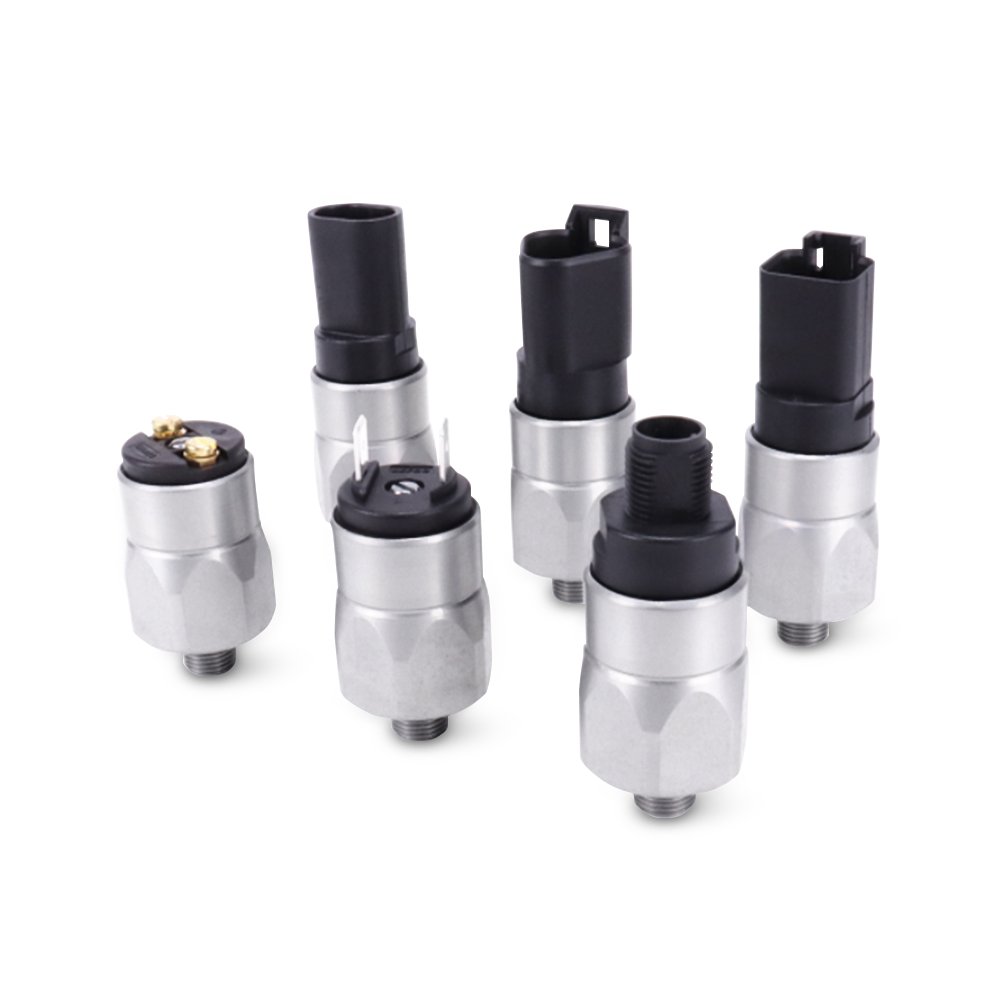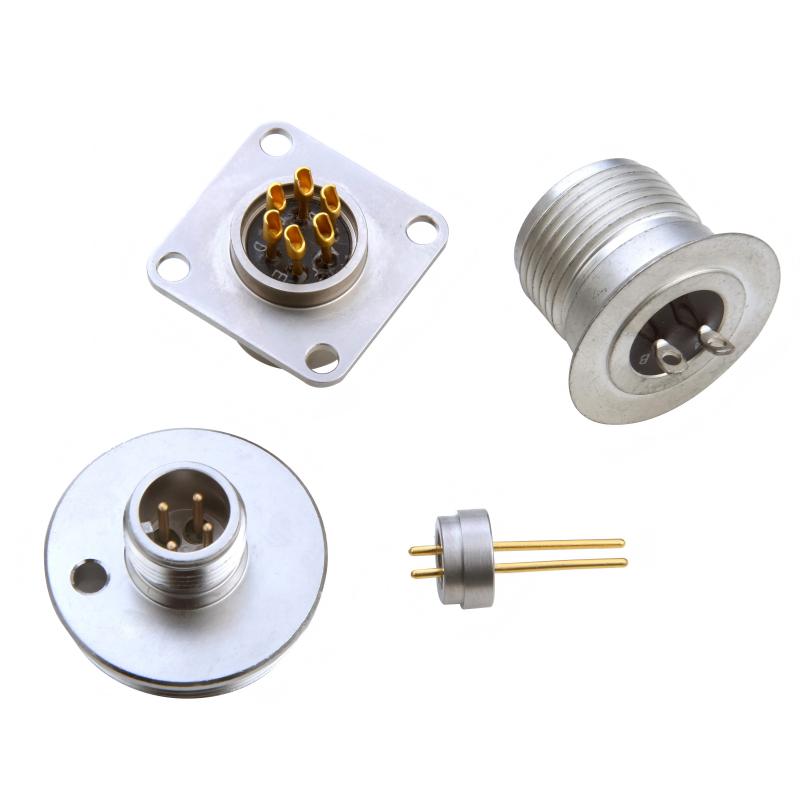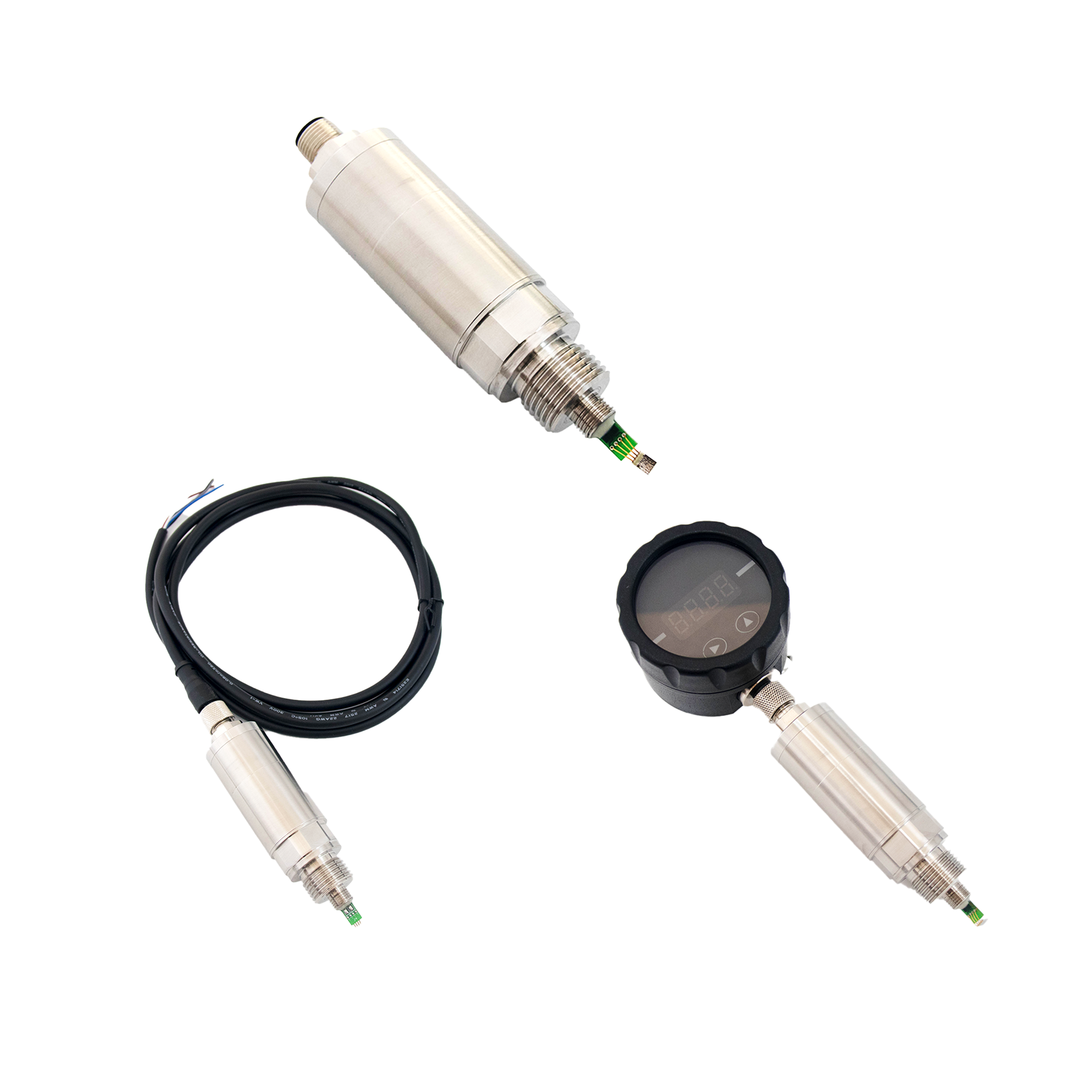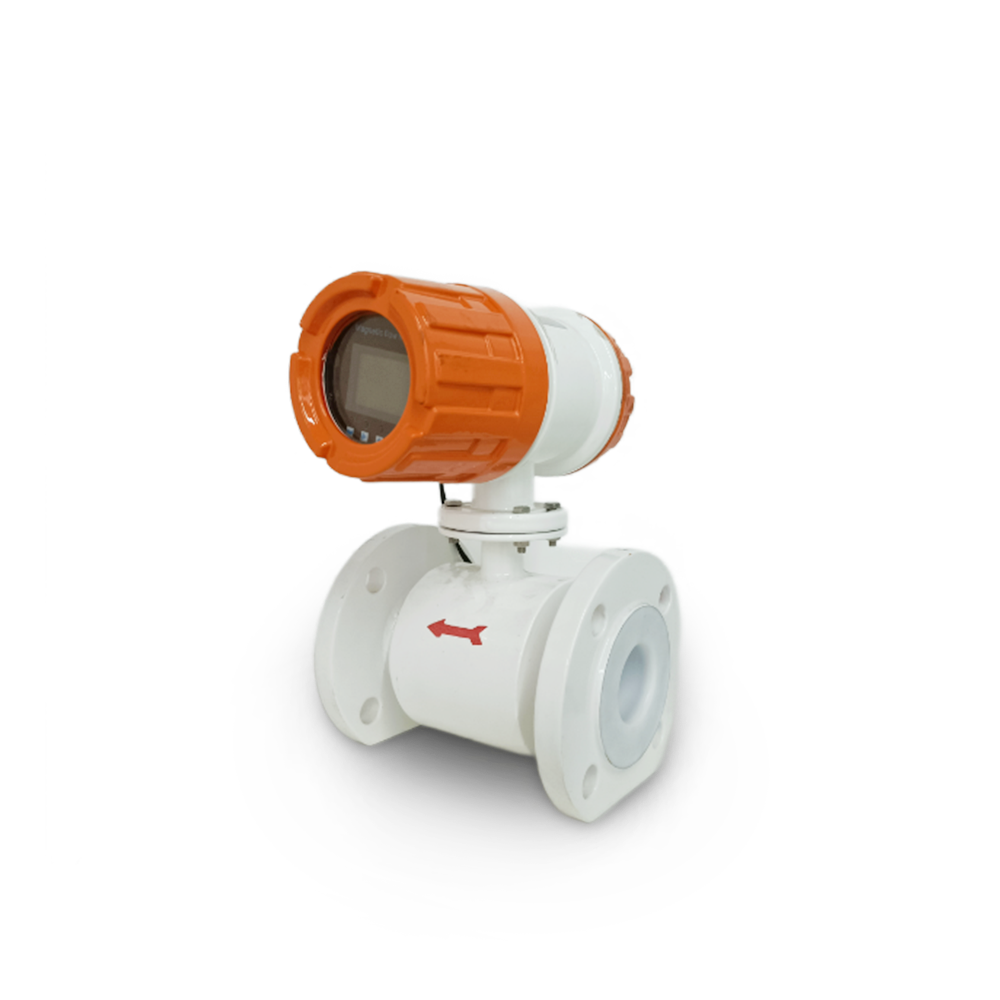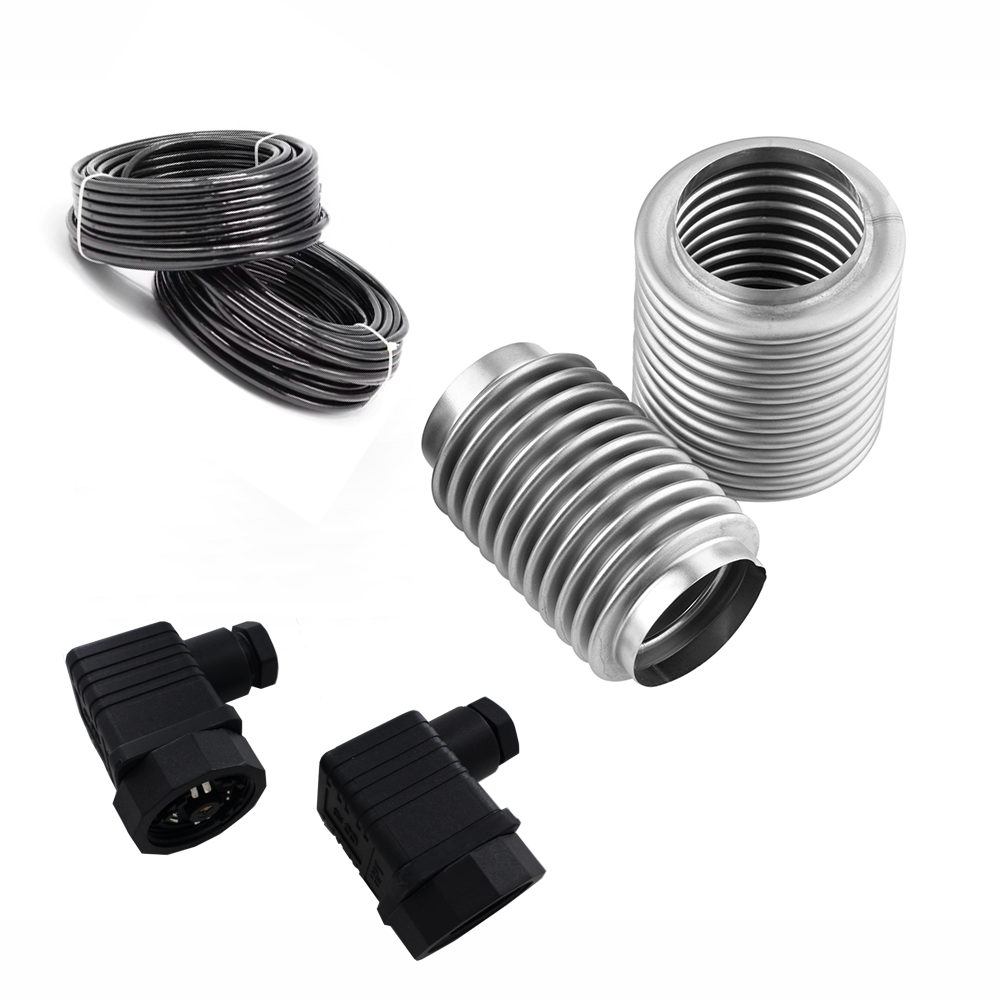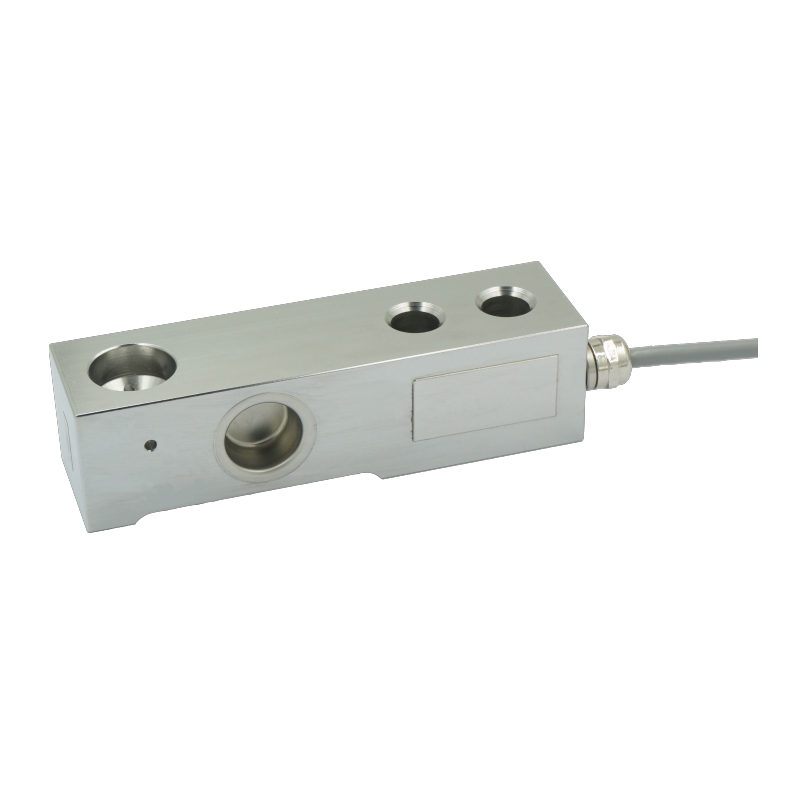Working principles of the level sensor
From: Issued date 2021.07.15 Back
The drop-in liquid level sensor is a pressure sensor that measures the liquid level. Based on the principle that the measured liquid static pressure is proportional to the height of the liquid, it uses an isolated diffused silicon sensor to convert the static pressure into an electrical signal, and then through the temperature Compensation and linear correction are converted into standard electrical signals, which are generally applicable to the level measurement of various media in petrochemical, metallurgical, electric power, pharmaceutical, water supply and drainage, environmental protection and other systems and industries.
The input type liquid level transmitter is based on the principle that the measured liquid static pressure is proportional to the height of the liquid, and uses the piezoresistive effect of diffused silicon or ceramic sensitive elements to convert the static pressure into an electrical signal. After temperature compensation and linearity correction. Converted into 4-20mADC standard current signal output. The sensor part of the input type liquid level transmitter can be directly poured into the liquid, and the transmitter part can be fixed with a flange or a bracket, which is extremely convenient to install and use.
Features
Good stability and high precision.
The input type liquid level transmitter is directly input into the measured medium, which is quite convenient to install and use.
Solid structure, no moving parts, high reliability, long service life, high-precision measurement can be performed from water, oil to thick pastes, and is not affected by the foaming, deposition, and electrical characteristics of the measured medium. Temperature compensation. The input type liquid level transmitter has power reverse polarity protection and overload current limiting protection.
working principle
Using static pressure measurement principle:
When the liquid level transmitter is thrown into a certain depth in the measured liquid, the formula for the pressure on the liquid surface of the sensor is: Ρ=ρ.g.H + Po
Where:
P: Pressure on the face of the transmitter ρ: Density of the measured liquid
g: local gravitational acceleration
Po: Atmospheric pressure on the liquid surface
H: the depth of the transmitter into the liquid
At the same time, the pressure of the liquid is introduced into the positive pressure cavity of the sensor through the gas-conducting stainless steel, and then the atmospheric pressure Po on the liquid surface is connected to the negative pressure cavity of the sensor to offset the Po on the back of the sensor, so that the pressure measured by the sensor is: ρ. gH, obviously, the liquid level depth can be obtained by measuring the pressure p.
Features
1: Flexible installation, convenient use, simple effect, and can be displayed on site
2: Signal isolation and amplification, cut frequency interference design, strong anti-interference ability
3: Anti-condensation, anti-lightning, anti-corrosion, anti-blocking design
4: Probe diameter 19mm~42mm is optional
5: Wiring reverse and overvoltage protection, current limiting protection
6: Ultra-wide price range, easy to choose
Nanjing Wotian focuses on the production of pressure sensors. It is a heavyweight manufacturer of pressure sensors in China. It has the core technology of diffused silicon pressure sensors. It has 305 employees and has an annual output of 2 million diffused silicon pressure sensors. The products are exported to more than 70 countries and regions. . Can provide OEM for industrial transmitter manufacturers.

